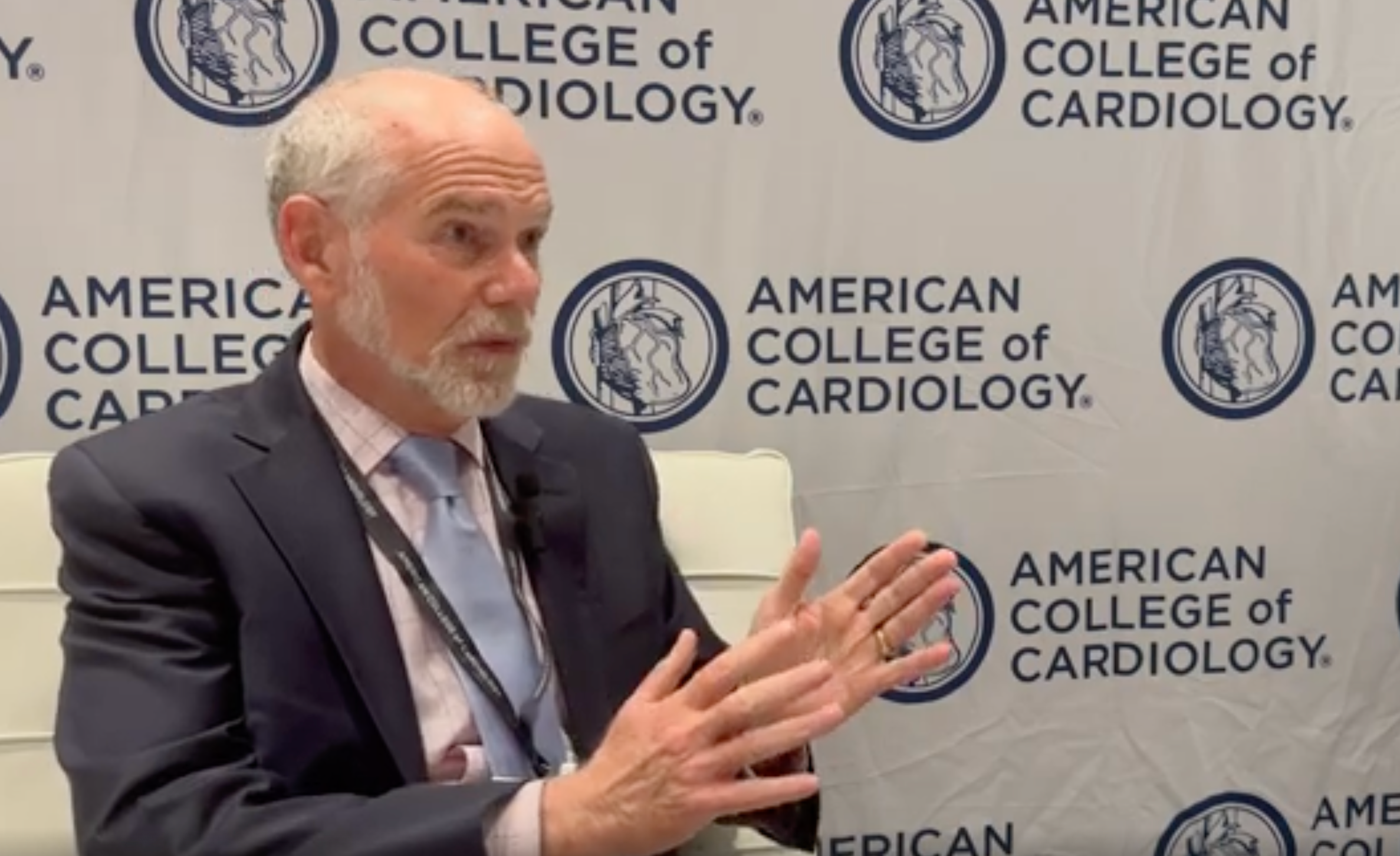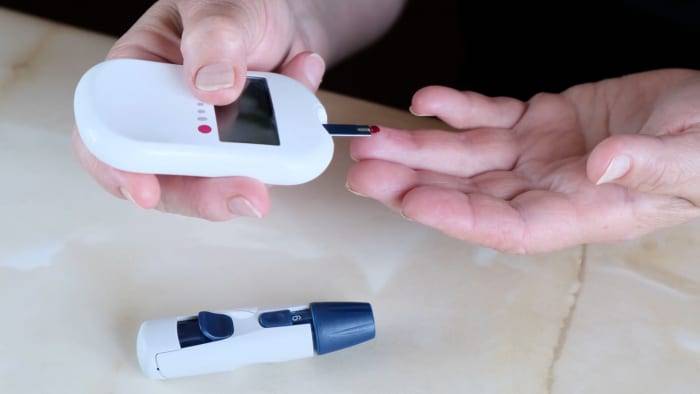Living with Diabetes in a Modern WorldIn the bustling city of New York, Sarah Johnson, a 35-year-old working mother, found herself juggling a demanding career and managing her type 2 diabetes. Despite her best efforts with diet and exercise, her weight remained a persistent issue. It wasn’t until she discovered glucagon-like peptide-1 receptor agonists (GLP-1 RAs), such as Ozempic, that she finally experienced significant weight loss and improvement in her blood sugar levels. GLP-1 RAs like Ozempic have become increasingly popular for their dual role in managing diabetes and promoting weight loss, but they also highlight the complex interplay between medication and lifestyle changes in achieving a healthier life.
How GLP-1 RAs WorkGLP-1 RAs work by mimicking the GLP-1 hormone, which helps regulate blood sugar and promotes feelings of fullness, thereby reducing appetite. These medications, often given as injectables, have been shown to increase insulin secretion and slow stomach emptying, making them highly effective for both diabetes management and weight reduction.
Studies have demonstrated that when combined with a healthy lifestyle, GLP-1 RAs can lead to significant weight loss, with individuals with type 2 diabetes losing around 5-10% of their body weight, and those without diabetes experiencing even greater reductions, ranging from 6-17%.
The Importance of a Comprehensive Health PlanHowever, despite these benefits, it’s crucial to approach GLP-1 RAs as part of a comprehensive health plan rather than a quick fix. Side effects, including gastrointestinal issues such as nausea and constipation, along with concerns over long-term safety, underscore the need for careful consideration and guidance from healthcare professionals.
While these medications have the potential to revolutionize treatment for obesity and diabetes, they should not be seen as substitutes for a balanced diet and regular exercise. Instead, they should be viewed as valuable adjuncts that can enhance the impact of lifestyle changes.
Ethical and Regulatory ConsiderationsThe surge in demand for GLP-1 RAs has also raised ethical considerations, such as access disparities and the misuse of these medications for non-approved purposes, like cosmetic weight loss. The FDA has expressed concerns about unapproved versions of these drugs being sold for weight loss, highlighting the risks associated with unauthorized use.
As healthcare policy continues to evolve, ensuring equitable access to these life-changing medications while preventing their misuse remains a critical challenge.
Looking Beyond the Physical ImpactDespite the challenges, GLP-1 RAs represent a significant breakthrough in diabetes and weight management. Their impact extends beyond physical health; research suggests they may also have cognitive benefits by reducing the risk of neurocognitive disorders.
As we navigate the intricate landscape of healthcare innovations, it’s essential to balance the promise of medical interventions with holistic approaches to health. This integrated view encourages us to not only embrace cutting-edge treatments but also honor the importance of diet, exercise, and overall wellbeing in sustaining long-term health.
A Hopeful Future Through SynergyFor individuals like Sarah, who have seen transformative benefits from GLP-1 RAs, the message is clear: while these medications can be powerful tools, they are most effective when combined with a deep commitment to living a healthy lifestyle.
This synergy between medication and self-care offers a beacon of hope for those struggling with diabetes and obesity, but it also invites us to ponder a broader question: In an age where medical advancements are increasingly sophisticated, how can we ensure that these breakthroughs serve the healthiest possible future for all individuals?
For more on the intersection of healthcare innovations and patient advocacy, visit Epochedge news to explore insights into emerging medical breakthroughs and their implications for public health policy.









